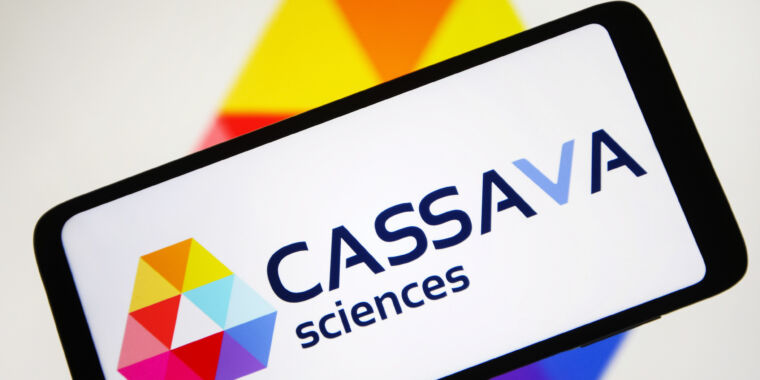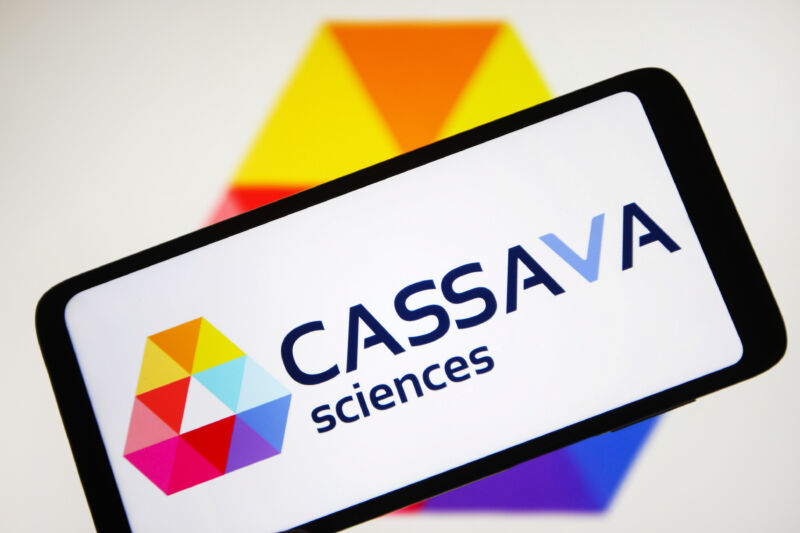22 states sue to block new NIH funding policy—court puts it on hold
Regardless of what else they might be doing, the indirect costs pay for various critical campus services, including at research hospitals. Suddenly having that amount slashed would create a major budgetary shortfall that will be hard to cover without shutting programs down.
The resulting damage to research campuses in their states was one of the harms cited by the states that joined the suit as part of their effort to establish standing. The other was the harm caused by the general slowdown in biomedical research that the policy will trigger, which the states argue will delay the availability of treatments for their citizens.
The states taking part include most of those that were won by Kamala Harris in 2024, as well as states that voted for Trump but currently have Democratic governors and attorneys general: Arizona, Michigan, Nevada, North Carolina, and Wisconsin. Notably, the suit only seeks relief from the altered NIH policy for institutions located in those states; they’re essentially leaving states controlled by Republicans to suffer the damages caused by the new policy.
Allegations and backup allegations
The states allege that the new NIH policy, by applying to all grants in progress, is equivalent to rewriting a contract. It cites an earlier legal decision that determined that “Once the [Notice of Award] is signed or money is drawn, the [Notice of Award] and the grant terms are binding on the grantee and the government.” Beyond that, the states argue the policy violates two separate pieces of legislation.
The first is the Administrative Procedures Act, which describes the processes that agencies need to follow when they formulate formal rules to translate legislation into implementations. Among other things, this prevents agencies from formulating rules that are “arbitrary and capricious.” It argues that, by including audits and negotiations in the process of setting them, the current individualized indirect rates are anything but.
By contrast, the states argue, there’s no significant foundation for the 15 percent indirect rate. “The Rate Change Notice is arbitrary and capricious in, among other ways, its failure to articulate the bases for the categorical rate cap of 15 percent,” the suit alleges, “its failure to consider the grant recipients’ reliance on their negotiated rates, and its disregard for the factual findings that formed the bases for the currently operative negotiated indirect cost rates.”
22 states sue to block new NIH funding policy—court puts it on hold Read More »



